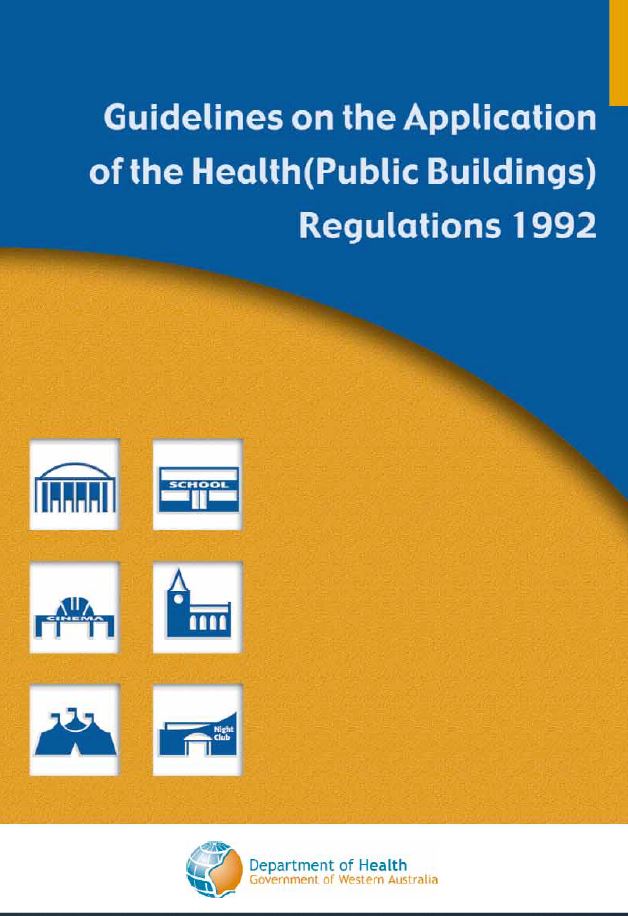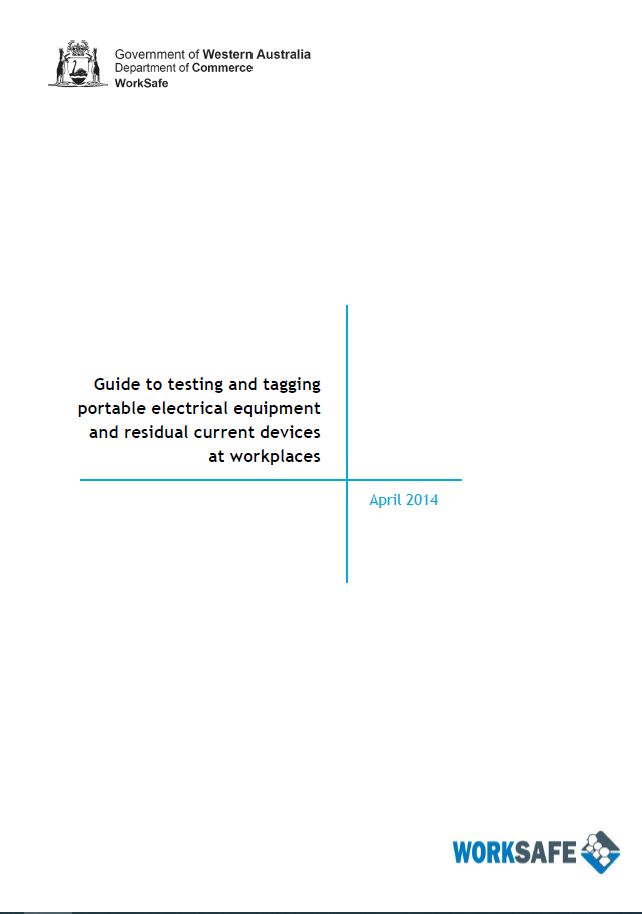Testing of appliances and equipment
https://www.commerce.wa.gov.au/building-and-energy/appliance-and-equipment-approval-0
Testing of all electrical appliances or equipment must be carried out by appropriately qualified persons who have undertaken the necessary training by a training organisation.
Testing of equipment used at a place of work or public place or those offered for hire is detailed in the Australian Standard AS 3760-2003: “In-service safety inspection and testing of electrical equipment”.
It is recommended that the person doing the testing provides some evidence, such as a label or sticker, to be attached to the appliance/equipment to verify that the appliance/equipment has been checked and tested and is safe to use. This label/sticker should state the date that the appliance/equipment was tested, the relevant Australian standard to which it was tested and signature of the person who carried out the checking and testing.
Note: Most repairs to electrical appliances must only be carried out by an appropriately qualified person.
There is a common misconception that you must be an electrician to test and tag. However, according to AS/NZS 3760:2010, someone who is considered a ‘Competent Person’ is also able to test and tag in Australia. This is achieved by undertaking a test and tag course, where that person acquires the knowledge and skills in learning to use a PAT tester.
Guidelines on the Application of the Health (Public Buildings) Regulations 1992
Regulation 40 – Luminaire Construction
Theatrical luminaires must be suitable constructed and placed so they do not present a hazard.
Regulation 42 – Stage Equipment
Effects suspended above the public must be fitted with safety chains.
Luminaires suspended above the public must be fitted with safety chains.
Regulation 61 – Testing and Maintenance
Electrical installations and RCD’s must be tested in accordance with AS 3760.

What type of equipment is tested and tagged?
In short, any device that has a flexible cable, a removable plug and is not low voltage (not exceeding 50V). This includes extension leads, cord sets and portable RCD’s.
Generally, electrical appliances can be classed as either:
Class I – this is an earthed appliance i.e. kettles, irons and toasters, theatre lighting. They must have a mains cable with a 3 pin plug.
Class II – double insulated appliances, which are usually identified with a symbol (a square within a square) or with the words ‘Double Insulated’ i.e. most electric drills and hair dryers . Usually have a figure 8 mains cable with a 2 pin plug, no earth pin.
New equipment doesn’t need to be tested – just visually inspected and tagged with a New To Service tag.
Frequency of testing and tagging is determined by management after conducting and documenting a risk assessment.

Rob Sayer at On Stage Lighting has an on line articles including
LED Moving Lights Service and Repair – What keeps a rig working in 2019 https://www.onstagelighting.co.uk/lighting-equipment/led-moving-lights-service-and-repair/
Chauvet R2 Wash – Repair and Maintenance https://www.onstagelighting.co.uk/lighting-equipment/chauvet-r2-wash-repair-maintenance/
Page updated 1 February 2021